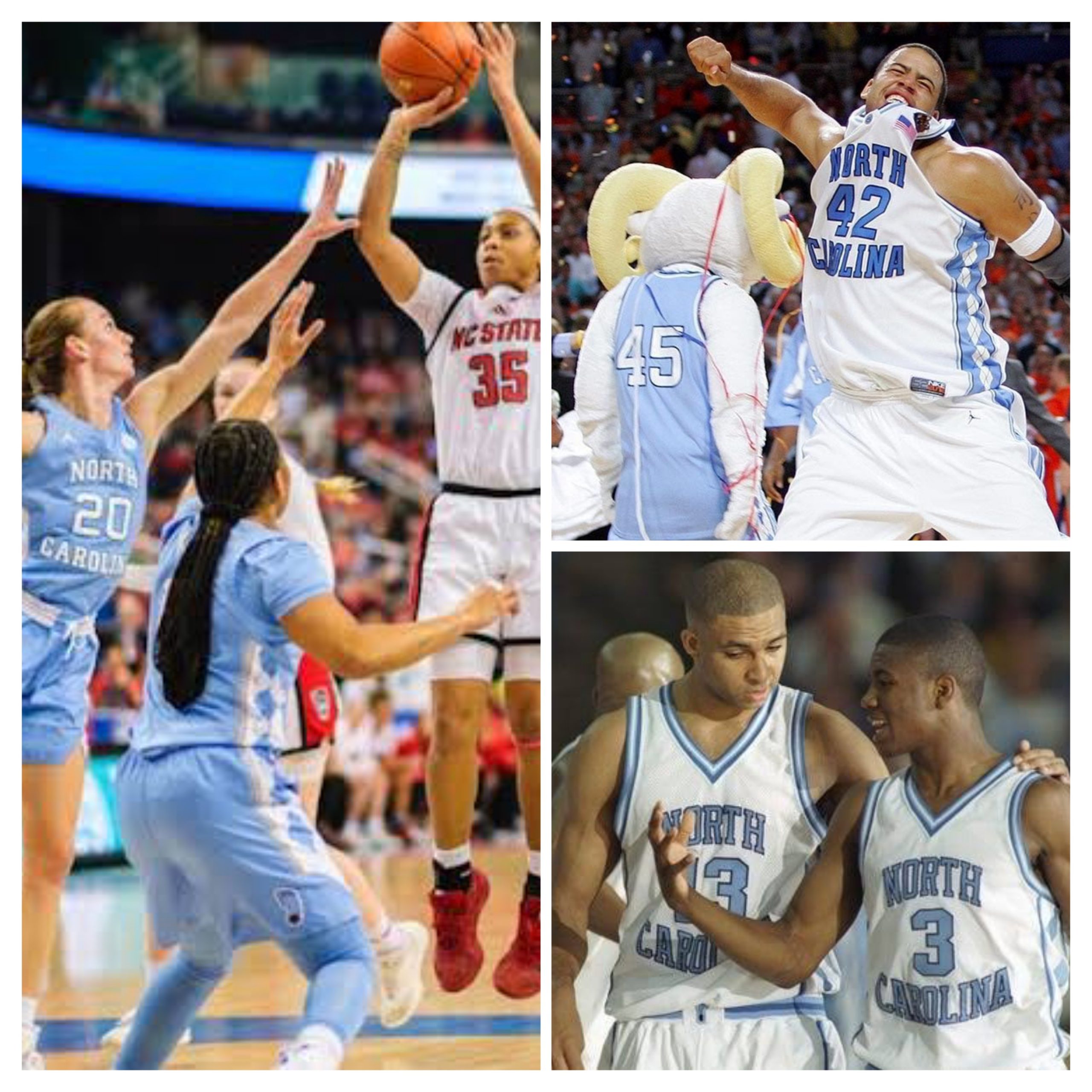Millions for Men, Pennies for Progress: UNC’s Stark NIL Divide Exposed
In the heart of Chapel Hill, where banners hang high and basketball is religion, a new kind of scoreboard is drawing attention—and this time, it’s not about wins or losses. It’s about dollars. While the University of North Carolina men’s basketball team rakes in a staggering $14 million in NIL (Name, Image, and Likeness) compensation, the women’s program is left grappling for a fraction—seeking just $600,000 for recruitment and $1.5 million for revenue-sharing support. The disparity is not just startling. It’s a mirror reflecting deeper inequities that still shadow collegiate sports in the NIL era.
For decades, UNC has been hailed as one of the most prestigious basketball institutions in America, churning out NBA legends and championship-caliber teams. The recent NIL windfall for the men’s program only underscores that power and popularity now come with a price tag—and a big one. With endorsement deals, social media influence, and corporate partnerships flowing heavily in their direction, male athletes are enjoying a new era of personal wealth.
But just across the hall in the same Dean E. Smith Center, the women’s team faces a different reality. Despite their own history of excellence, including NCAA tournament runs and All-American talent, the funding pool for NIL is dramatically smaller. It’s not a lack of effort or talent—it’s a lack of visibility, investment, and backing. Their coach is publicly advocating for help, launching campaigns, and calling attention to the imbalance with a simple message: “We’re playing too.”
This isn’t just about UNC—it’s a snapshot of a national pattern. The explosion of NIL opportunities has magnified existing divides in college athletics. Men’s programs in revenue-generating sports like basketball and football are soaking in millions, while women’s teams are often left navigating a system that values their worth at a fraction.
What makes UNC’s case so glaring is the proximity of the two programs. Both teams wear the same logo. Both represent the same school. Both sweat and train with the same level of commitment. Yet, one program is being handed keys to luxury cars and housing stipends, while the other is asking for the financial basics just to compete.
Some argue this is simply market dynamics at play—more fans, more exposure, more money. But others see it as a call to action. A challenge to boosters, brands, and alumni to invest in equity, not just excellence. After all, if NIL is meant to empower athletes, shouldn’t that promise extend beyond the court lines of the men’s game?
There is growing support for change. Students are speaking out. Former players are raising their voices. And inside the program, there is resilience. The women of UNC basketball continue to push, fight, and inspire, even when the checks are small and the cameras fewer.
At its core, this is not just a story about money. It’s about value. About how we measure worth in college sports, and who gets left behind in the chase for millions.
The question now facing Chapel Hill—and campuses nationwide—is whether progress will ever catch up to the paychecks.





























